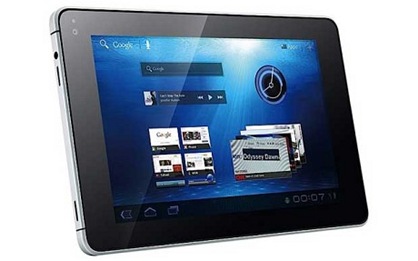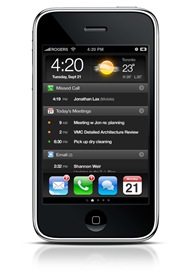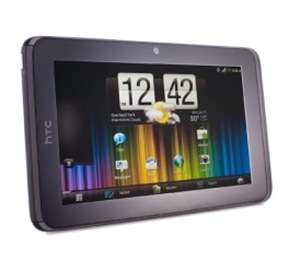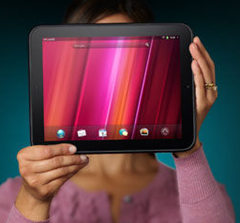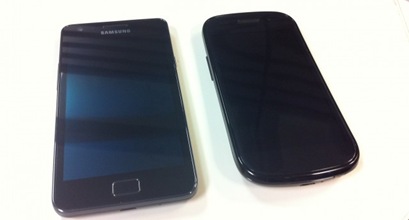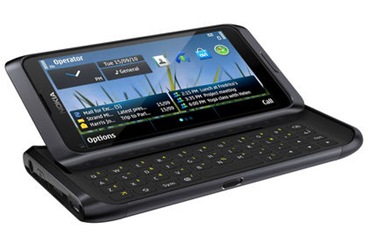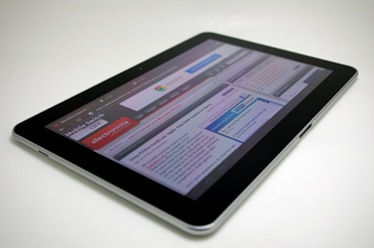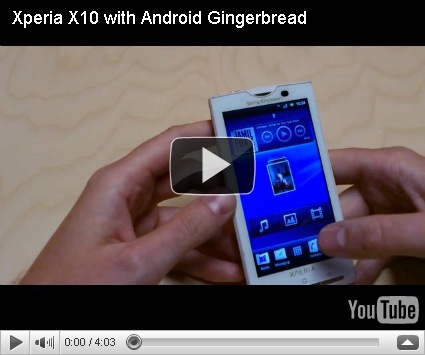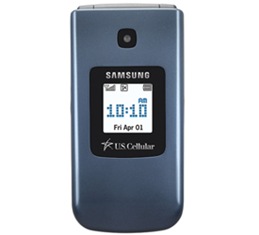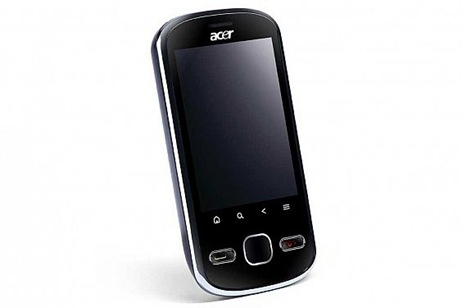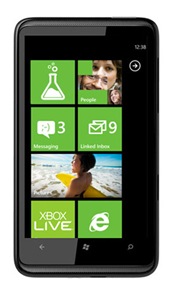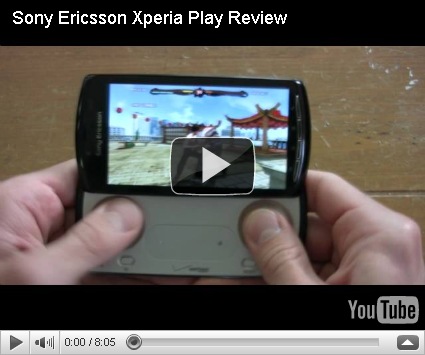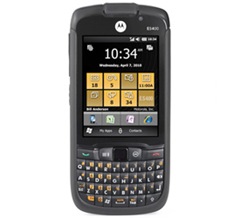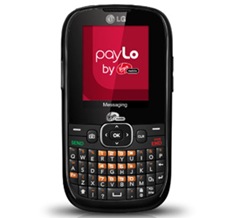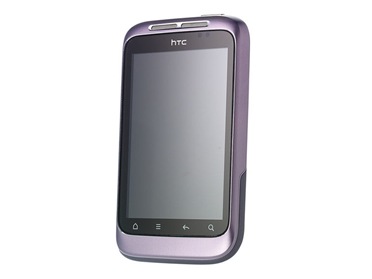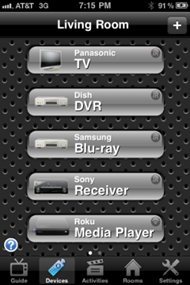 Maksim Ioffe was sitting around his San Francisco living room watching TV one day in 2009 when he noted how ridiculous it was that on his coffee table were no less than five remote controls. He thought to himself, "This has got to go."
Maksim Ioffe was sitting around his San Francisco living room watching TV one day in 2009 when he noted how ridiculous it was that on his coffee table were no less than five remote controls. He thought to himself, "This has got to go."
But instead of replacing them all with yet another remote, he looked to something he already owned: his smartphone.
Fast forward to 2011, and that germ of an idea two years ago has spawned the Dijit Universal Remote App, which turns an iPhone--or iPod Touch, iPad, or Android phone--into a remote control.
Ioffe is not alone in looking for ways to substitute the smartphone for a remote control. There's actually a whole crop of companies that are trying to break into what some are calling the "smart-remote" business by taking advantage of the device that one-third of all U.S. cell phone owners already have on hand.
There's no agreed-on standard just yet for how best to replace the ubiquitous multibuttoned plastic living room staple. Different approaches are being offered, from free apps that control individual devices, like just your TV or just your set-top box, to a hardware accessory paired with an accompanying app that lets you control both "dumb" devices that only take infrared input and "smart" or Internet-connected devices in your home entertainment setup.
The cost can vary depending on the solution, from free to about $100. The appeal is the convenience: you probably already own a smartphone. And then there's the vast potential that the smartphone, really a minicomputer, brings to the coffee table: a bright screen with rich graphics, the ability to customize onscreen buttons as you wish, and the power of the Web to help you discover new programming or filter for just the stuff you like.
Of course there will be home theater devotees who insist they just can't give up their fancy 80-button universal remote, but there are plenty of advantages that could prove tempting for others looking for a simple and decidedly 21st century solution.
Take it from Tom Cullen, one of the founders of Sonos, the whole-house music system trailblazer that started nine years ago. As part of the Sonos system, the company also sells a $350 dedicated remote and has a free iPhone or Android app. Guess which one most people go for?
"When we started, our own physical controller was what we sold to 100 percent of our customers," Cullen said in a phone interview last week. "Today 20 percent of new customers use a dedicated Sonos controller."
In other words, the rest of them, or 8 out of 10 new buyers, choose to just use the free iPhone or Android app now with their new Sonos system. "It's extraordinary how it's moved," he said. And he and others within the company credit their first iPhone app as "one of the most important things that ever happened to us."
The customer response Sonos saw could easily be considered a case study for where the smart-remote business could go some day.
What are the options?
Most Internet-connected or "smart" TVs from Samsung, LG, Sony, and others make single-purpose Android and iOS apps that will control their TVs from a phone, tablet, or iPod Touch. TiVo has an iPad app--with an iPhone version coming soon--and of course Apple has its own Remote app that can control Apple TV and iTunes over your Wi-Fi network.
There are also apps that come paired with a piece of hardware that connects to the phone's headphone jack. My TV Remote is a $10 round dongle that plugs into an iPhone. The accompanying free app enables customizable remote buttons on screen for TVs and a variety of set-top boxes, allows users to search for shows in a program guide on the phone, and gives users the ability to see what friends are watching, chat with friends in the app, and comment on the shows.
The L5 Remote is a little more basic: it's a $50 hardware attachment that also turns an iPhone into a universal remote for most home entertainment devices that use IR (infrared) signals. It's also programmable, so you can delete buttons you don't use and save and back up different remote configurations you create.
Peel TV is a bit more involved when it comes to hardware. For $100, it's an iPhone app and IR blaster, the latter rather cheekily disguised in the shape of a plastic pear that sits on your coffee table. The app turns your phone into a universal remote for your TV, DVR, cable box, game console, and audio receiver. It works over your home Wi-Fi network and through IR.
The Dijit Universal Remote App, the one Ioffee created, is a free iPhone app that can control some connected devices, including the Roku set-top box, with no extra hardware needed. You can also update your Netlflix queue, discover new shows, and make recommendations to your social networks. But Dijit has also partnered with Griffin to work with the Beacon, an IR blaster that sits near your TV. That lets your smartphone talk to your TV and other devices than can receive only IR input. Dijit's plan is eventually to have direct access to a host of Web-enabled TVs, TiVo, and other entertainment devices without need for the Beacon.
Putting the "smart" in smart remote
Both Dijit and Peel, like My TV Remote and others, have apps that do what a plastic remote can't: take advantage of the two-way nature of the Web.
With a remote app, you're not just pushing buttons and telling the TV or your TiVo what channel to flip to. Instead a smart remote can suggest to you what to watch, or what your friends are watching, and in real time.
It makes TV watching more interactive, and it's also a potential way for these companies to make money, notes Ross Rubin, consumer electronics analyst for The NPD Group.
"Many of the companies pursuing these products are focused on building or facilitating social networks and trying to drive discovery of TV shows," said Rubin. "Which they can then leverage to garner potential interest from networks or advertisers to drive revenue."
This space and the best way to make money in it is still up for grabs, as no clear leader has emerged. The beauty of selling customers an app is that a company can adjust and update the product as needed by sending a software update to your phone--as opposed to traditional remote control makers, which have to try to sell you another piece of hardware.
And that's handy, since the still-expanding potential of smartphones makes changes necessary in order to stay ahead of or keep pace with the competition.
Cullen said the initial Sonos app boosted sales right away when released in late 2008, but that the company has seen an even steeper growth curve since iOS added multitasking capability last year.
Jeremy Toeman, chief product officer at Dijit (and an infrequent blogger for CNET, but not a paid employee of the company), acknowledged that the Dijit app will evolve as the available technology progresses: "In a year, the product will look remarkably different because this world is changing so fast."
Cnet
